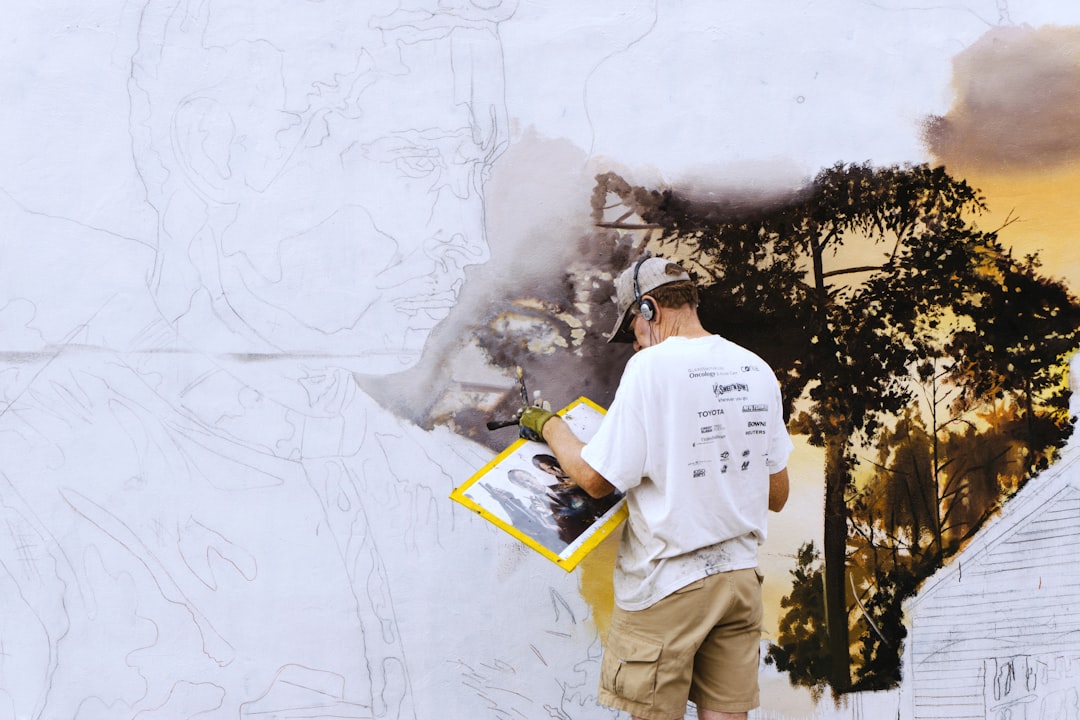
Last month I led a writing retreat with four writers, two working on fiction and two on memoir, to France. We spent a week together in the Haute Savoie, with Mont Blanc in the distance, and yes, it was heaven, yet somehow each morning we managed to focus intently on the work in front of us, and I was able to exercise my teaching muscles in person for the first time since the start of the pandemic. One of my favorite MFA classes when I was teaching at Goddard College was a workshop called “Writing in Layers.” I decided to try it in France. The group was so pleased with the result that I thought I’d share it with you.
The idea for this approach to composition came from a trusted friend who read an early draft of my novel Glorious Boy and informed me that one of my main characters was not yet fully realized on the page. My friend, the multi-talented playwright/poet Darrah Cloud, said she couldn’t tell what this character was thinking or feeling in scenes where he wasn’t the POV character. Knowing she was right, I started to despair. I’d already been working on this book for years.
But then Darrah served up this saving insight. “Don’t worry about it,” she said. “Just remember, we write in layers.”
The more I thought about this idea of layering composition, the truer it seemed.
Stanley Kunitz, in an essay called “The Layers” in Next-to-Last Things, writes: “One of the great resources of the poetic imagination is its capacity to mount thought on thought, event on event, image on image, time on time, a process that I term ‘layering.’ The life of the mind is largely a buried life.”
Just so, literature is naturally composed through this same process of layering, to reflect the density of our buried life. Scenes, stories, and characters with depth and authenticity are rarely, if ever, created in a single burst. Like great paintings, they come to life bit by bit, as the artist approaches from different angles, bringing a different focus with each pass. Even if only in our mind, we have to sketch out each scene several times, entering it first from one direction, then another, before it begins to gel.
I should have realized this before I ever began writing, because I used to be a painter. It would never have occurred to me to attempt a landscape without first sketching the scene onto the canvas in charcoal. Then I’d block out the larger shapes. Then the patterns of light. I’d work out the balance of color, one hue at a time. Not until the final layer would I even think about refinements like window details and leaf configurations.
Good writing works much the same way. Only by building the story in layers can we possibly give it the depth, luster, richness, and complexity that makes it truly resonant.
This is not the same thing as repeatedly starting over. Entering a scene from a succession of different perspectives, each time with a fresh focus and purpose, is less about changing the picture than it is about deepening and discovering what’s already going on within its broad contours.
Also, this process is not limited to fiction. It applies to memoir, plays, scripts – any scene at all. If you doubt the logic of that, consider the scene that my group in France and I used as our test case: our arrival earlier that week at the Geneva train station. Each of us could easily write that scene from our own perspective – what we personally noticed, what we were thinking, what we said, where we stood and what we wore, carried, heard, smelled, and tasted. But to do the whole scene justice, we’d have to layer each person’s perceptions, telegraphing what was going on in all our minds, including unspoken conflicts, and noting any important details that none of us happened to notice. Then whoever was the author would have to pick and choose which of our perceptions were significant, pulling elements from some layers to the surface while submerging others.
When composing in layers, it takes multiple passes to track the arrival and perceptions of each character in turn, as well as the choice details that the author deems significant. But you don’t have to start with a blank page. You can edit your work by reverse-engineering this process to revise in layers, too. Simply read through your work from one character’s perspective at a time (including secondary and sideline characters) to make sure that it’s clear what each one is thinking, feeling, wanting, planning, and doing – to ensure that each character is actively engaged in the scene, rather than flatlining, as that character in my early draft was doing.
In case this still sounds confusing, let me walk you through the exercise, using the fictional scene that our group developed as a demonstration.
Keep reading with a 7-day free trial
Subscribe to MFA Lore to keep reading this post and get 7 days of free access to the full post archives.



